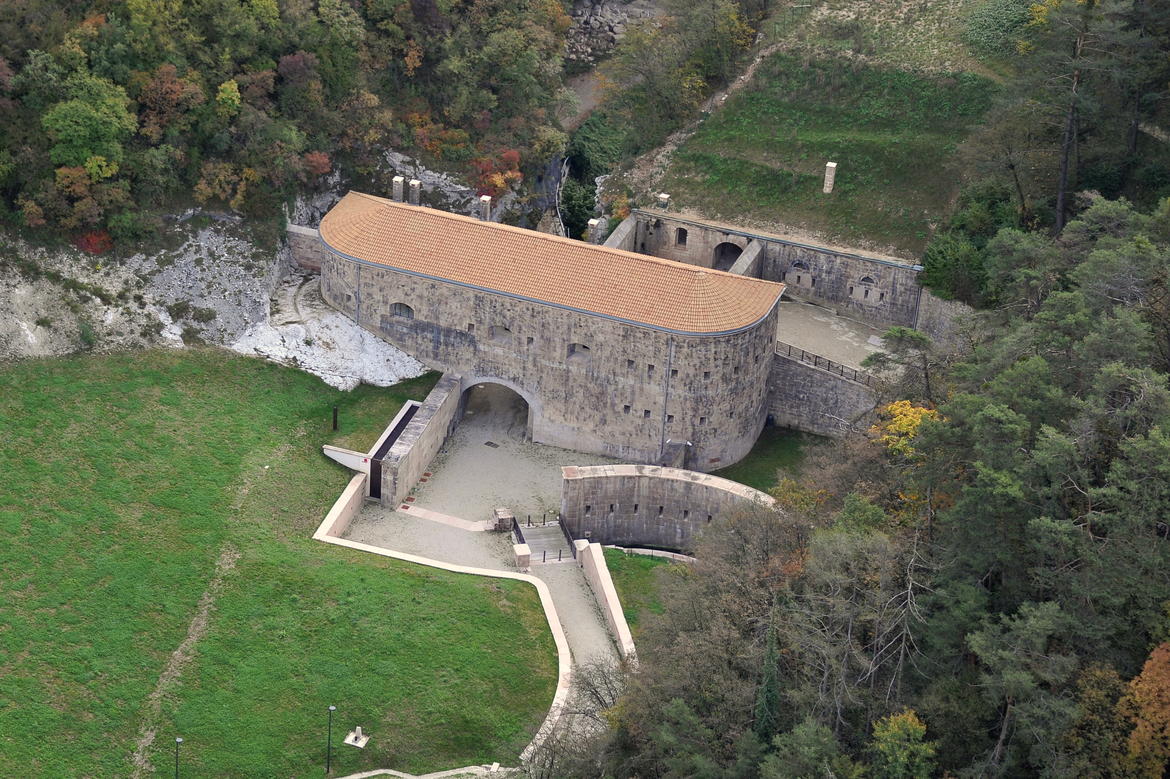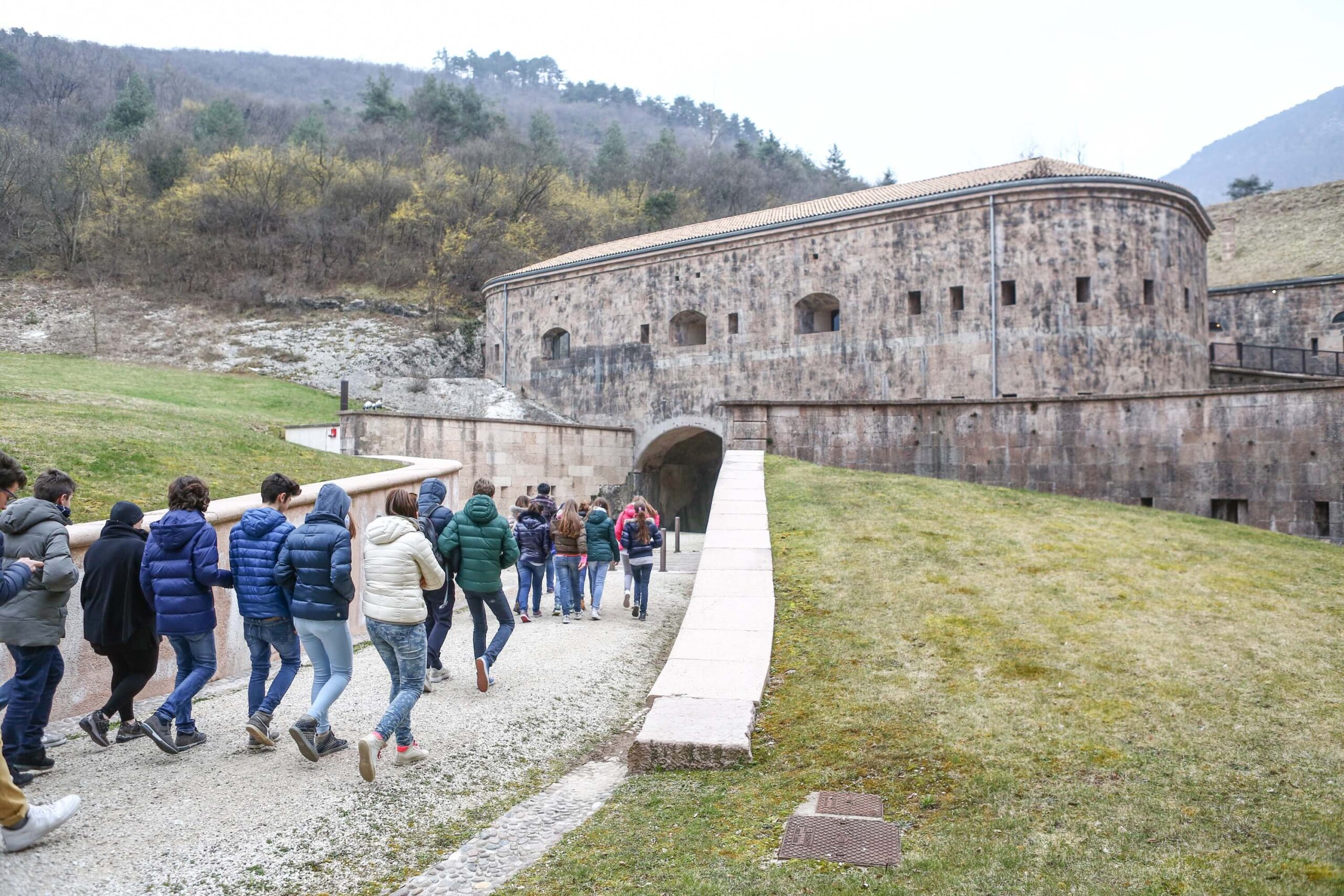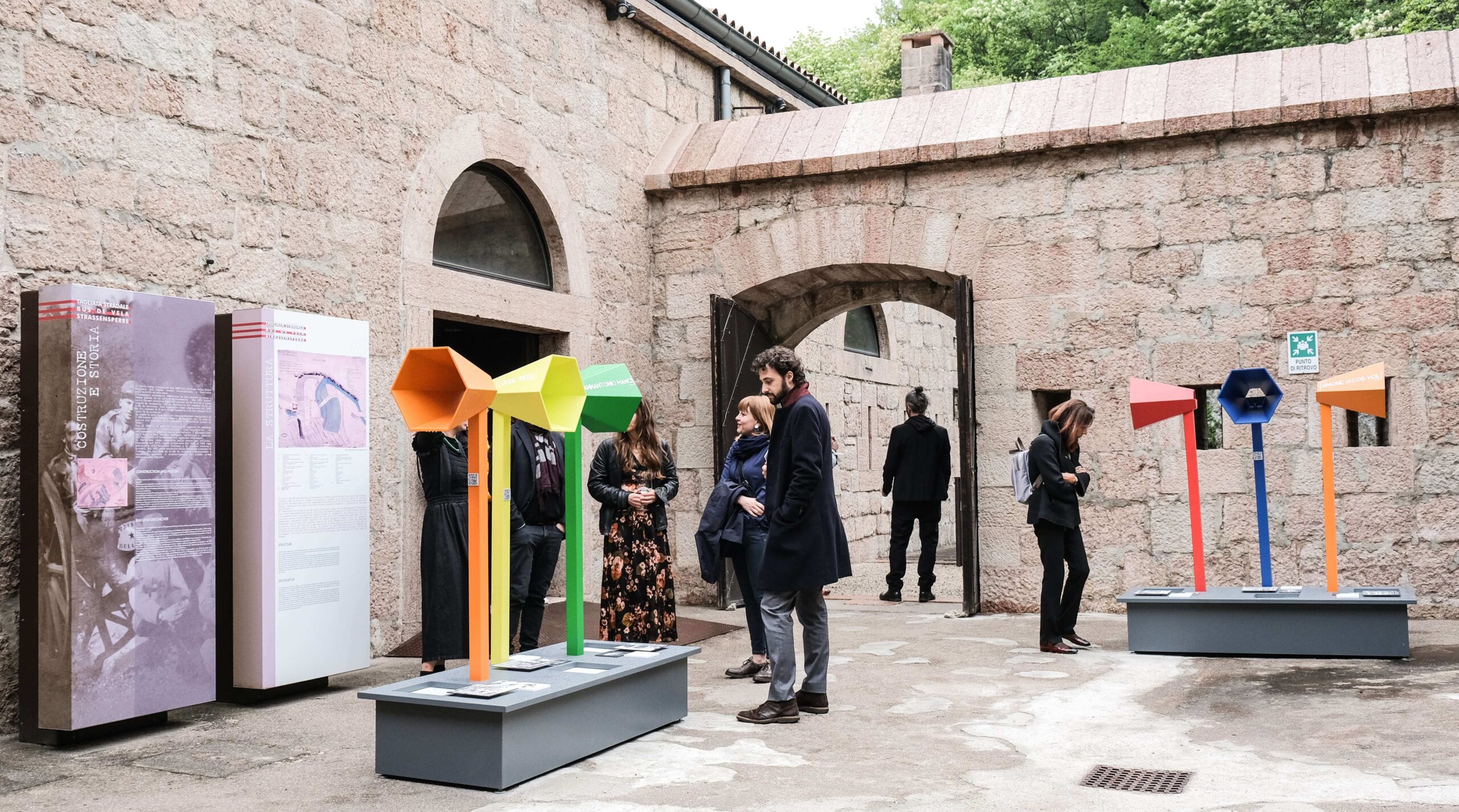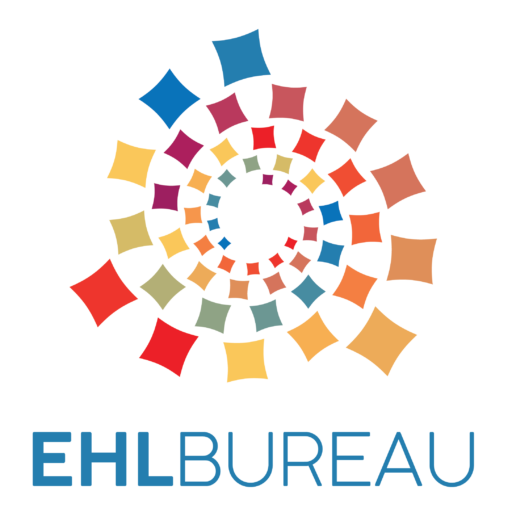This website uses cookies so that we can provide you with the best user experience possible. Cookie information is stored in your browser and performs functions such as recognising you when you return to our website and helping our team to understand which sections of the website you find most interesting and useful.
Fort Cadine



The EHL Site
Fort Cadine was designed in the second half of the 19th century as part of the first group of permanent Austrian fortifications. In 2018 the Site was awarded with the European Heritage Label. The Fort was built between 1860 and 1861 by Gustav Hermann, a Major of the Military Engineering Corps of Trento, with the purpose to block enemy access to Trento and to the Adige Valley. The building consists of a road block made of limestone segments equipped with casemates for the artillery and rifles. Its uniqueness is that it blocked the access to the city not only with the gate but with the entire construction. Disarmed in 1915, the fort was later used as a road check point, and during World War II it was occupied by the Germans. It was then abandoned in 1949. The Autonomous Province of Trento has had it restored, starting in 2006, with a project that respected the original building techniques and reconstructed by analogy the missing parts of the building. The exhibition spaces have been fitted with a multi-media table, a dynamic relief model, installations and informative panels illustrating the main topics of the Great War and the events of Trentino’s fortified system.
Nowadays the Fort is the location of guided tours for school groups, families, tourists and hosts art exhibitions, theatrical performances, workshops related to WW1, and cultural events. Fort Cadine belongs to the Trentino Circuit of Forts which promotes, among other things, the summer festival “Sentinelle di pietra” (“Stone Sentinels”) a rich program of art events and performances.
European dimension
At the beginning of 2018, Fort Cadine received the European Heritage Label because the site is “a reminder of historical divisions, military conflicts and changing borders, and provides the necessary context to better understand the value of open borders and free circulation” as stated by the EHL Expert Panel on the selection report. In December 2020 Fondazione Museo storico del Trentino won the first “European Heritage Days” call for grants promoted by the Council of Europe and the European Commission. The educational video project called “Fort – Europe Nice to Meet You” combined the local appeal of a XIX century fortress to its European dimensions (cultural diversity, freedom, etc.). Since then, the Fort has become not only a “monument of war”, where the history of the first global war is told, but also a space of European cultural encounters.
The organization
Fondazione Museo storico del Trentino was officially established in 2007 – although its history can be traced back to 1923, to the local Museum of the Risorgimento –, – with the aim of highlighting the history of the City of Trento, Trentino and the area corresponding to the historic Tyrol region with different languages, to work on collection, conservation and dissemination in constant dialogue with the contemporary world and education for citizenship, and to be a cultural space open to the community and its needs. The Foundation is a place of research and study, education and popular information of the history and memory of Trentino from an institutional, social, economic, cultural and territorial point of view.
The Foundation is also a complex museum system that includes, in addition to Fort Cadine: Le Gallerie (a unique exhibition venue in Italy: two former road tunnels converted into museum space); Museo dell’aeronautica Gianni Caproni (the first Italian corporate museum, founded by the Trentino aviation pioneer himself, and among the first to display a world-class aviation collection); Spazio De Gasperi (permanent exhibition on Alcide De Gasperi displaying part of his archive with personal objects, photographs and documents, donated by his daughter Maria Romana); and a soon to be opened museum covering the period 1914-1972 with our permanent collection. Our educational area offers workshop in class, guided tours for students, teachers and adult groups, special activities and games in our exhibition spaces.
Among the other services and activities of the Foundation: a publishing house, a library, a scientific magazine, an online magazine on the communication of history, an audiovisual branch producing documentaries and broadcasting six hours of programming per day on a local television channel. Finally, the Foundation has an important historical archive containing collections of documents, photographs, objects, diaries, memoirs, posters, records, magnetic tapes, amateur films, etc. since the XIX Century. This rich heritage forms the basis of all the Foundation’s enhancement activities and enables a strong link with the territories, educating people to conscious memory.
